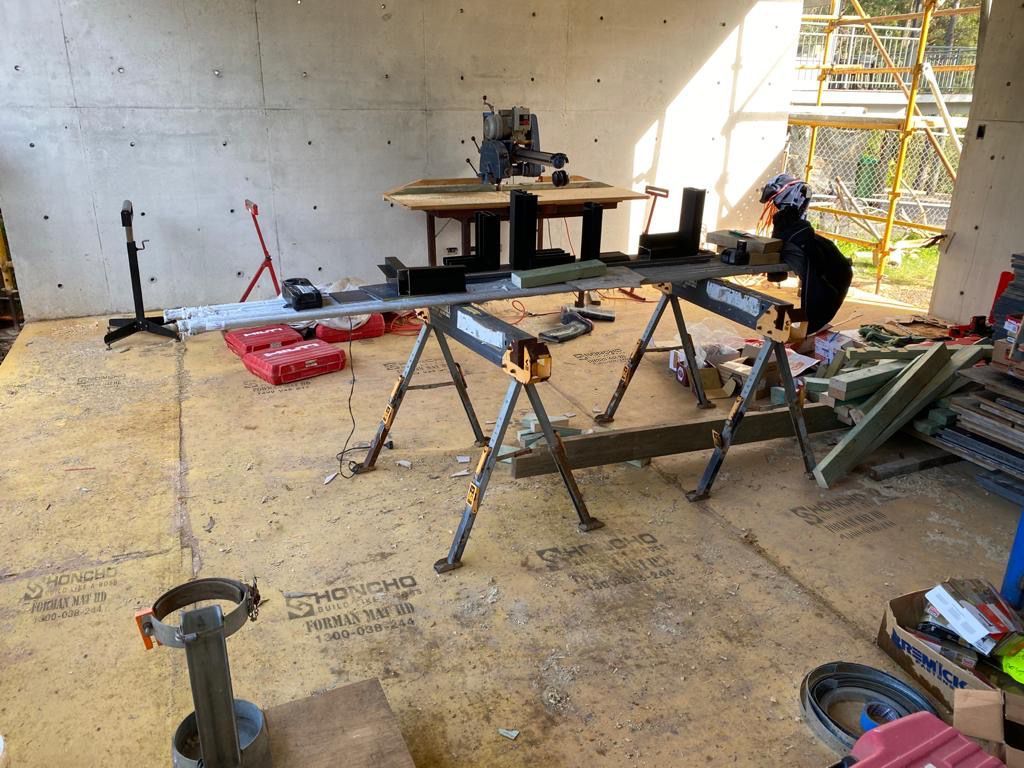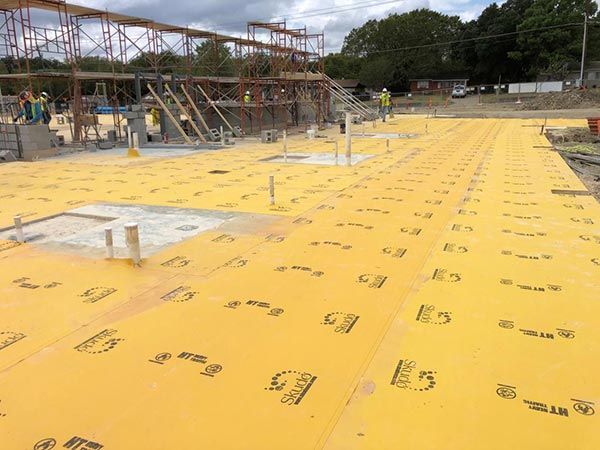CONCRETE PROTECTION GUIDE #3: PROTECTING YOUR CONCRETE AFTER POURING, AND USING OF CURING AGENTS AND CONCRETE DENSIFIERS
One of the most frequent questions we get at Honcho is, “what’s the best way to protect concrete during construction?” Concrete is expensive and unfortunately, relatively easy to damage (stain, scratch or other) and therefore something builders are keen to protect.
Therefore, we thought it might be helpful to put together a guide of general concreting tips that addresses some of the key considerations builders should be across when thinking about concrete protection throughout construction. We’ve previously talked about the importance of slab thickness, types of concrete finishes, and duration of protection, as well as slab pouring location and important environmental factors to consider, but here we’re going to discuss how soon to protect your concrete after pouring, as well as the use of concrete curing agents and densifiers:
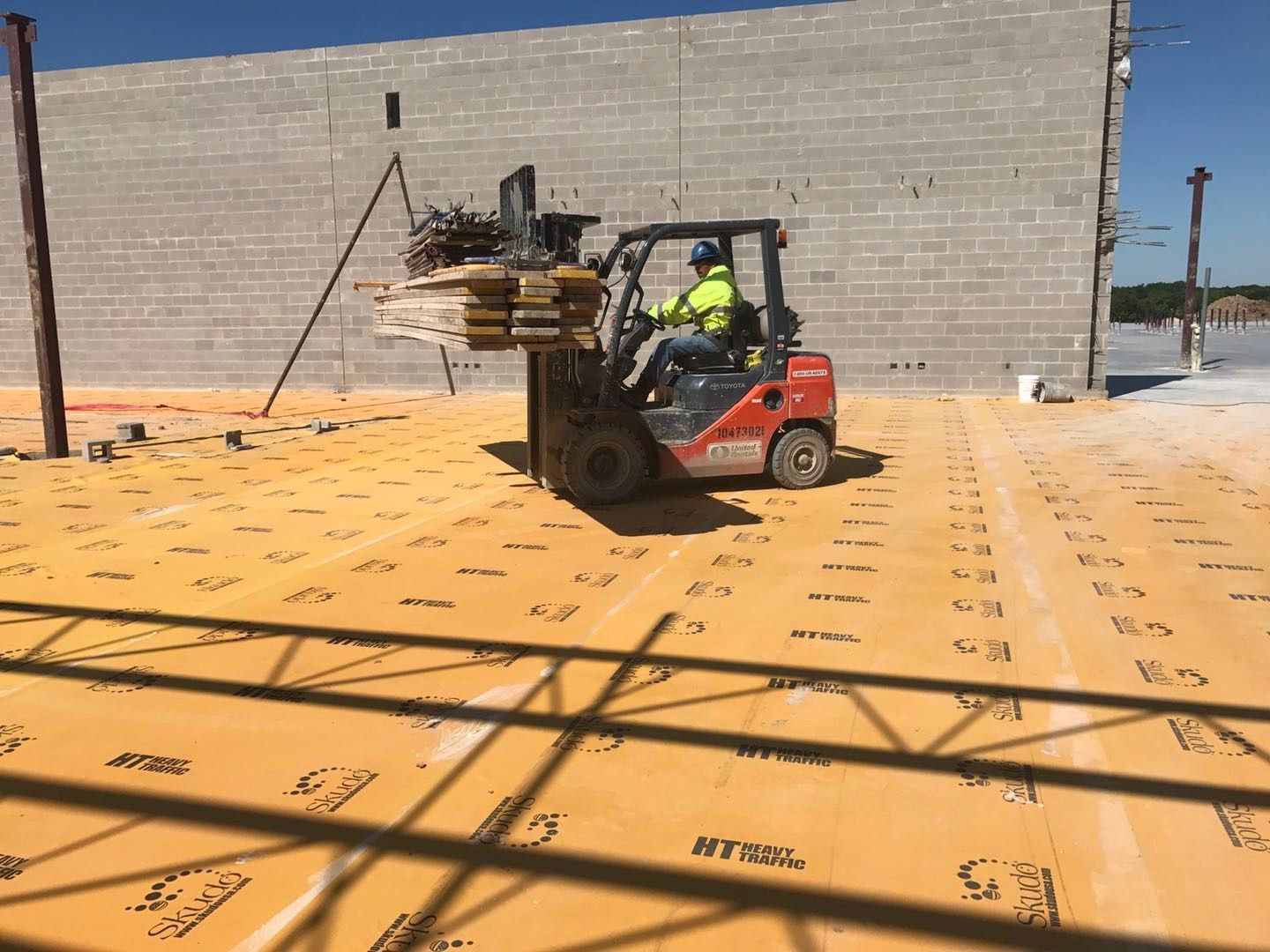
How soon to protect concrete after pouring
1. Type of Slab
Depending on the type of finish of the slab, whether it is polished, burnished, broomed, cove, etc. will affect how soon you can cover the slab with protection. With polished concrete, for example, the natural light is more reflective to the naked eye and therefore imperfections are more noticeable than say with a broom or cove-based finish, where the surface is a lot more undulated and the natural light bounces off these slabs in all different directions, therefore making any imperfections are lot less noticeable.
5. How long is the protection is required to be in place
This can impact how soon after pouring a slab can be covered. This is especially important if protection is required to be in place for a long period of time (6 to 12 months+). Covering a green/fresh slab too soon and for a long period of time, could possibly cause issues such as cure lines and tiger stripes, etc. However, these risks are minimised if only protected for a short period of time (such as a few weeks to a couple of months).
6. Concrete curing agents/sealers
These can affect the timing of when a slab can be covered with protection. It’s very important to note that with slow dissipating cure agents, the slab needs open time for UV to directly hit the slab and allow it to slowly dissipate. If covered with protection too soon, it could cause issues. Every curing agent/sealer is different, so always make sure to check the manufacturer's TDS (Technical Data Sheet), as it will typically state how long the slab needs to be open prior to placing anything over it.
The use of concrete curing agents or concrete densifiers
In a nutshell, a concrete curing agent forms a layer or membrane over the top of the concrete slab while it cures. This stops the water near the surface of the slab expelling too quickly, and hence helps harden the surface to reduce cracking and dusting. After application there are typically two ways to remove a curing agent prior to applying temporary surface protection.
First is grinding the slab back to remove the top layer or membrane. At this point surface protection could be applied.
The other way is to allow a concrete curing agent to slowly dissipate which will occur with direct UV exposure. This could take up to as long as 60 days, depending on the UV exposure and how much hardener was applied to the slab. Basically, the more curing agent sprayed on the slab, the more time it needs to dissipate.
If temporary protection is laid over a slab after a slow dissipating concrete curing agent has recently been applied, this could cause issues with the surface of the slab, as the curing agent is not able to evaporate properly, getting stuck between the surface of the slab and the protection.
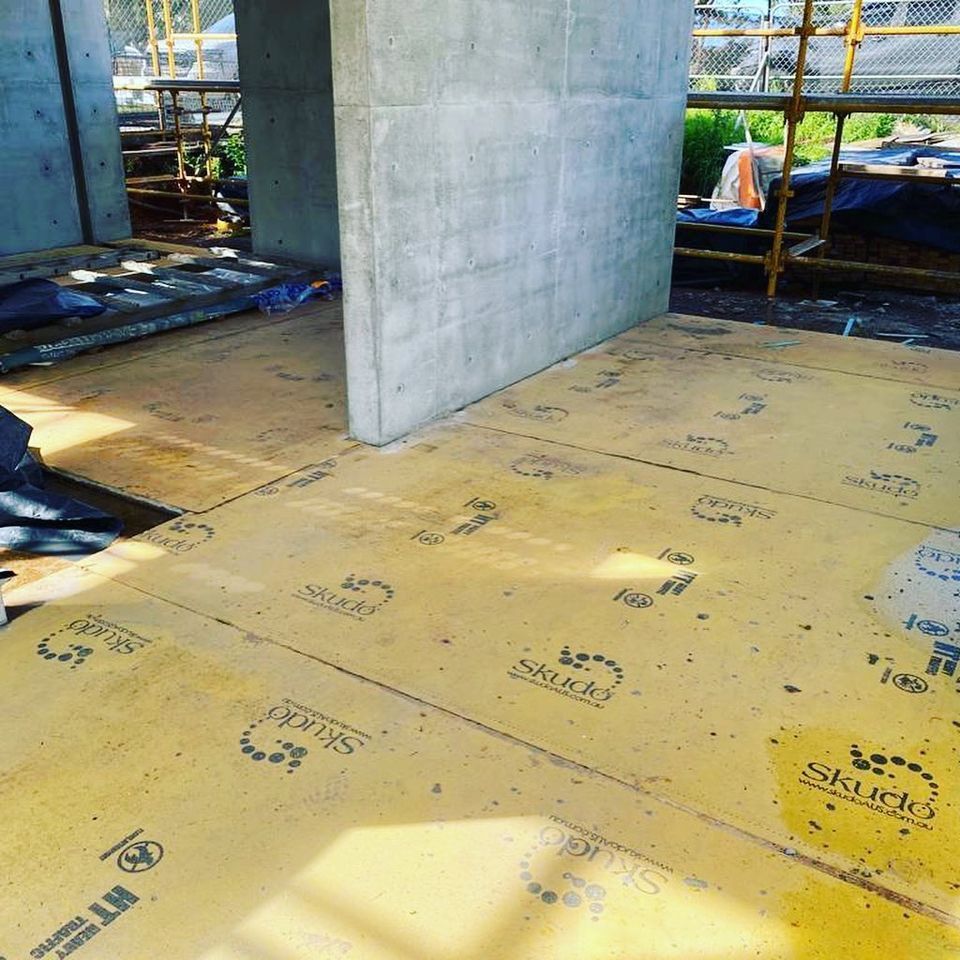
An indication of additives not having adequate time to dissipate prior to the application of protection, is the sign of white stains. White stains are a serious issue, and the only way to remove them is to grind the slab back - which can be very costly.
Therefore, if you decide to use a curing agent or concrete densifier, it’s very important that you check out the TDS (Technical Data Sheet) prior to laying any type of protection over the top.
Make sure to follow the TDS instructions with regards to how soon you can cover the slab with protection, as sealers need time to cure and time for the solvents to expel from the slab prior to the application of protection. Typically, sealer manufacturers state a 24 to 48 hours window between applying a sealer and then covering slab – however, this can vary.
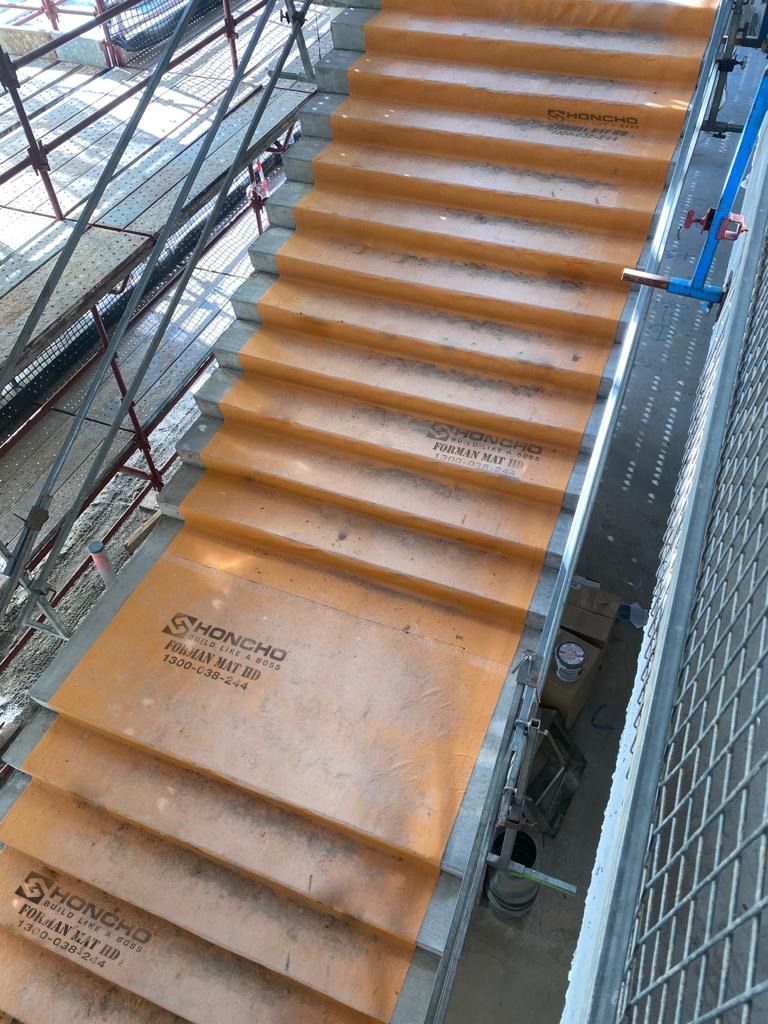
Summary
We hope that after reading this concrete protection guide you will have a better understanding of the key considerations when using concrete curing agents or concrete densifiers. If you’d like to learn more or would like to get a tailored concrete protection solution for your job-site, get in touch with us at info@honchosupplies.com.au or 1300 038 244 and Build like a Boss!
Be sure to take a look at our other concrete protection guides for further concreting tips:
Factors to consider when selecting concrete – slab thickness, finishes, and how to protect after pour.
FIND OUT MORE >Slab pouring location and other environmental factors to consider.
FIND OUT MORE >Build Like a Boss With Honcho’s Concrete Protection Solutions
Please make sure to speak with your Honcho representative prior to product selection, as some substrates, such as, but not limited to concrete, terrazzo, and stone, may not be suitable in certain circumstances.
CONTACT US
Phone: 1300 038 244
Email: info@honchosupplies.com.au
Contact Us
We will get back to you as soon as possible.
Please try again later.







